Revamping in Progress!!!

Minroz's national flag
Table of Content
- Overview
- Geography
- Government
- History
- Education/ Economy
- Culture
- Religion in Minroz
- Demographics
- Military
- Psionics and Technology
- Minrozian Legends
- Communications
- Foreign Relations
- Wanted Terrorists Groups
- Holidays and Festivals
- Neighbours
Introduction
The Greater Qing Dynasty of Minroz, also Empire of the Great Qing or the Minrozian World Empireis the largest and oldest of the three Iclamian supra-national Empires, ruled by the mighty Holy Emperors; powerful paranormal individuals elected into the seat of power by their respective Six royal dynasties. Minroz is the dynastic monarchy of the Marmarrian (Mongolic), Ishvarrian (Iranic) and Jongguon (Chinese) people, three groups which have gradually become synonymous with each other and controls virtually the entire continent of Yatai. Minroz is therefore the largest country in Iclamia. The authority of the Holy Emperors is unquestioned and absolute.
The Minrozians rule a massive empire; this vast theocratic society is supported by broad foundations of Clan mega-corporations, tribal countries, non-human realms, sprawling patchworks of vassal nations and semi-independent allied states. For six thousand years, it’s always the leading multi-species civilization, outpacing the rest of the region in science and arts. Minrozian citizens tend to be highly educated, happy-go-lucky and fervent individuals. They consider multiculturism one step on a spiritual path towards embracing their faith.
Minroz’s history has since been turbulent, with challenges by dynastic changes, natural disasters, corruption, separatism, a democratisation process and periods of rapid economic changes. It is an empire of multiple dimensions ruled by the benevolent yet autocratic six royal dynasties. As a result, the Qing Empire remains the most stable and military powerful nation-state in the region as well as keeping semi-isolation stance. As an interdimensional empire, the size of the Empire can not be measured in terms of continuous territory, but only in the number of Dimensional Worlds in its control. By virtue of sheer size of their territory and population, the Qing Empire is capable of fighting several entire nations at one time.
Across its Inter-dimensional political entity, Minroz consists of distinct ethnic, linguistic and religious groups. The Marmarrians (Mongolic) are the largest and the politically dominant ethnic group. Minroz has developed a shared identity by its shared lingua franca - Mandarin, ethnic and species diversity, shared monotheistic beliefs and history of struggles against Xoraine and Omaska.
Minroz national motto (“Under heavens, we serve the motherland” literally means “Many, yet one before God”), articulates the diversity that shapes this nation-state.
Overview
Nation information
Official name: The Greater Qing Dynasty of Minroz, The Grand Holy Empire of Minroz, Minrozian World Empire
Short name: Minroz, Holy Minrozian Empire, Qing Empire
National motto: “Under heavens, we serve the motherland”
Founded: 4012 B.C.
Founder: Empress Bulan of the Tukhan Tribe, Khan of all Marmarrians
Government type: Theocratic Semi-Constitutional Monarchy
Anthem: “Sunny Moon Mountains” (official), “Divine Dynasties” (Royal)
Main Languages: Mandarin Chinese, Mongolian, Russian, Arabic, Farsi
Secondary Languages: Local languages
Capital city: Zhongyang also known as Adalam Volvoshyan (City of Saint Volvosh)
Currency: Azdevk (Main usage), various bartering
Population (RP): 28.879+ billion (due to multidimensional territories)
Adjective: Minrozian/ Qing
Religions: Ajaran-Murrnism and other Ajarists’ sect (54%), Islam and its sects (15%), Murrmari Orthodox Christianity (5%), Zoroastrianism (10%), Hinduism (3%), Shamanism and animists (3%), Buddhism (4%), other (6%)
Total land area: 891 586 300 km2
Legislature: Kurultai
Leader:
• Holy Emperor Altanmurr Merrmesh Khan (Head of State)
• Imperial Chancellor Osmun Yongul Heidarvol (Head of Government)









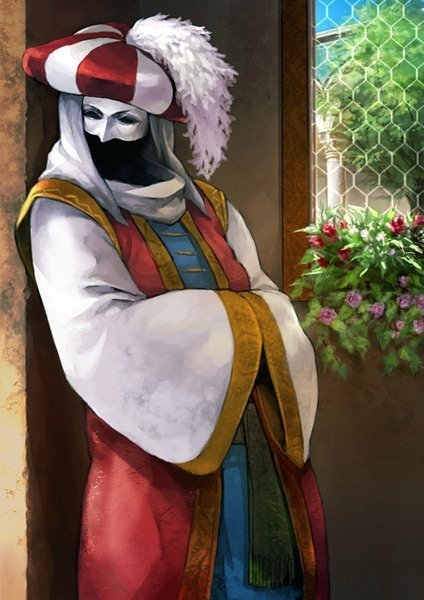







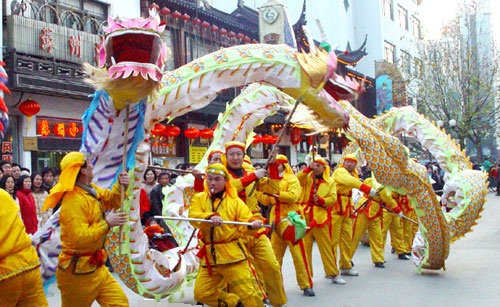

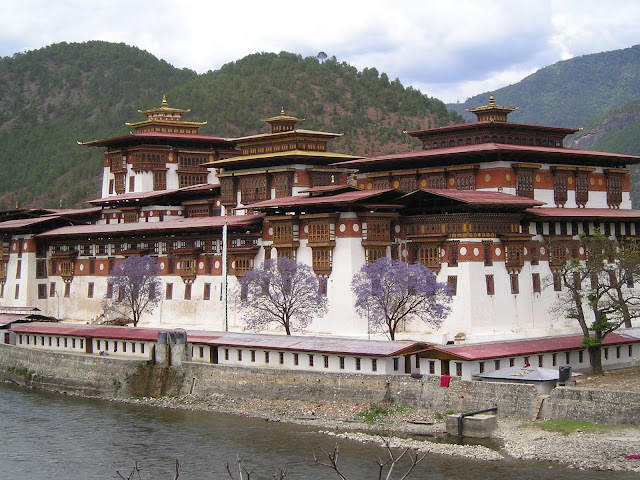


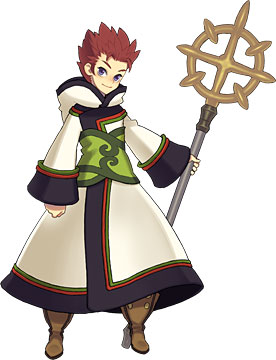



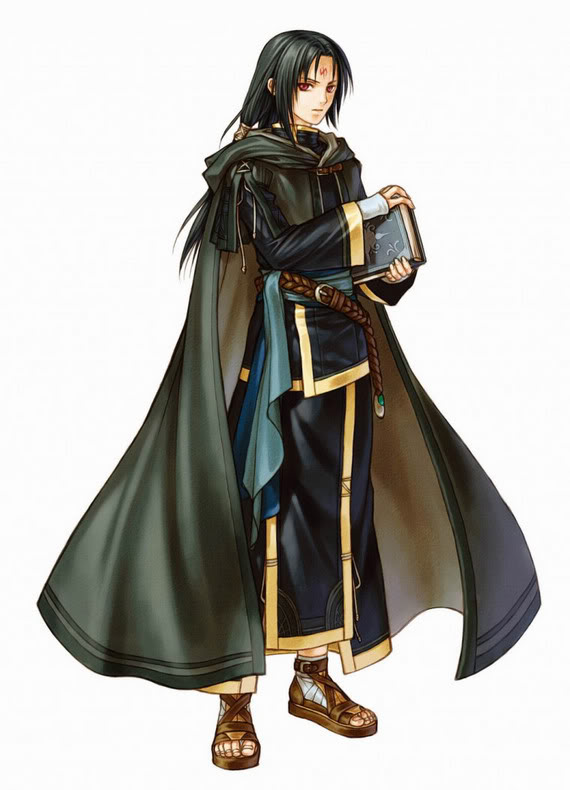




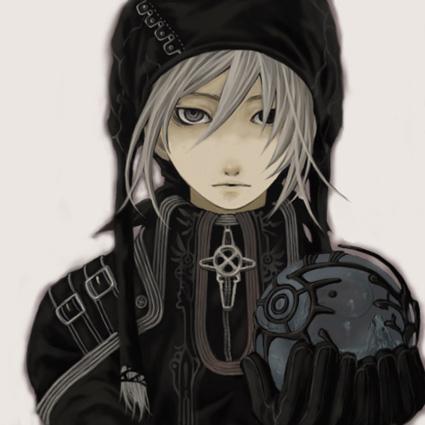





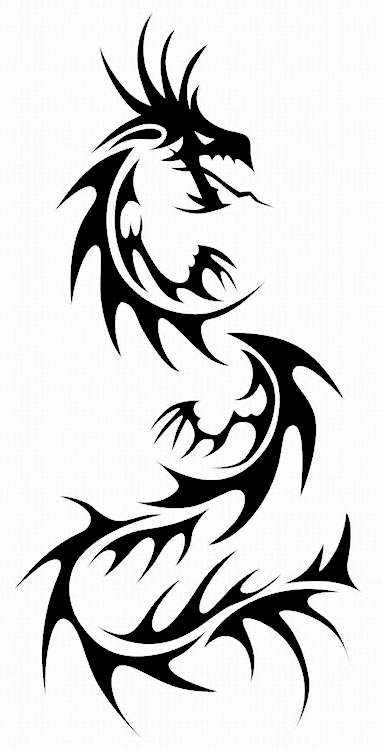
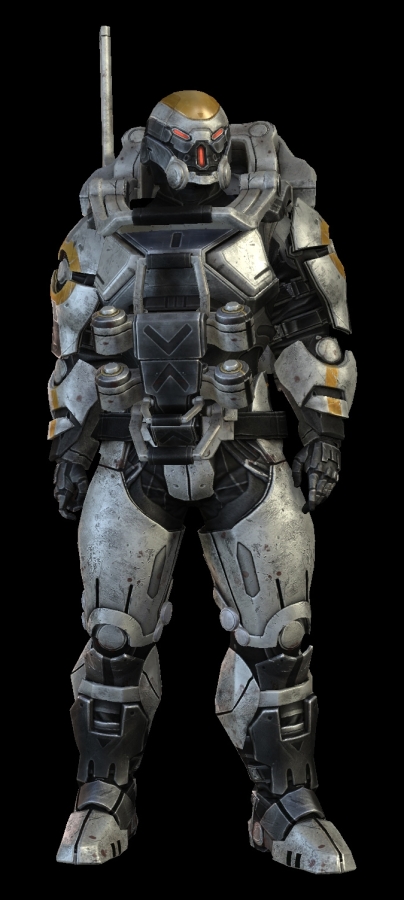
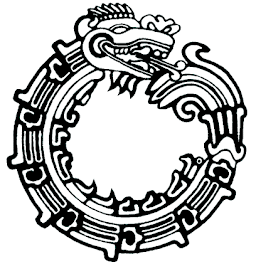




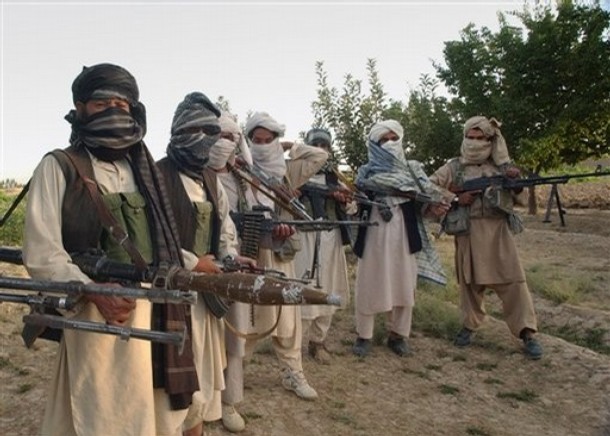

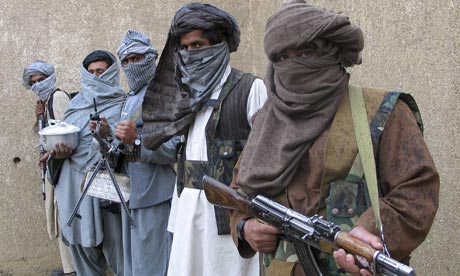









 ]
]